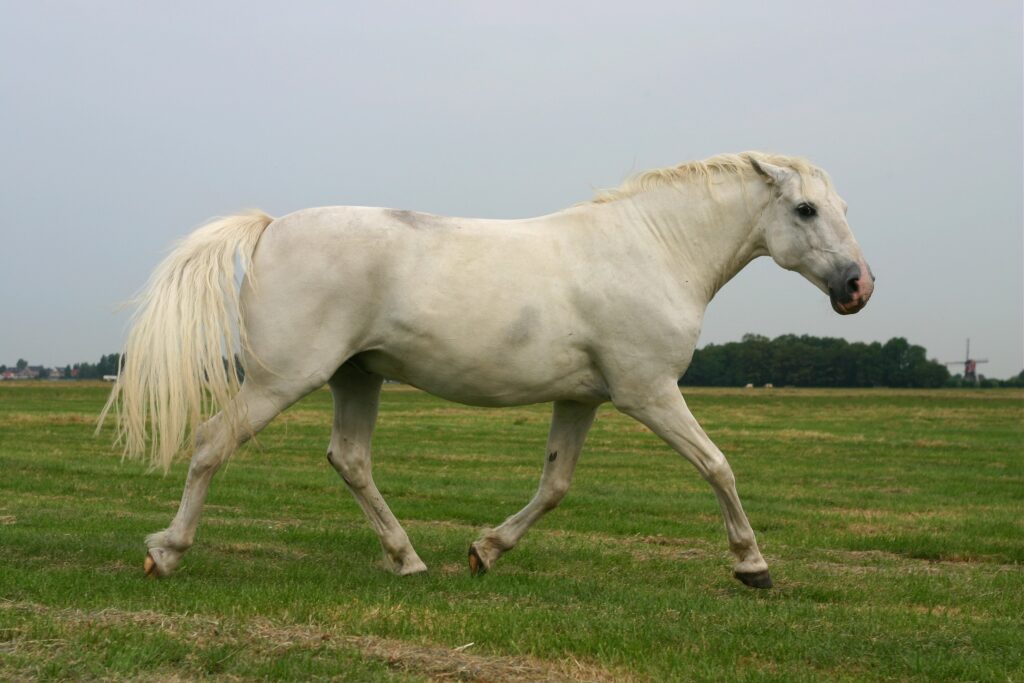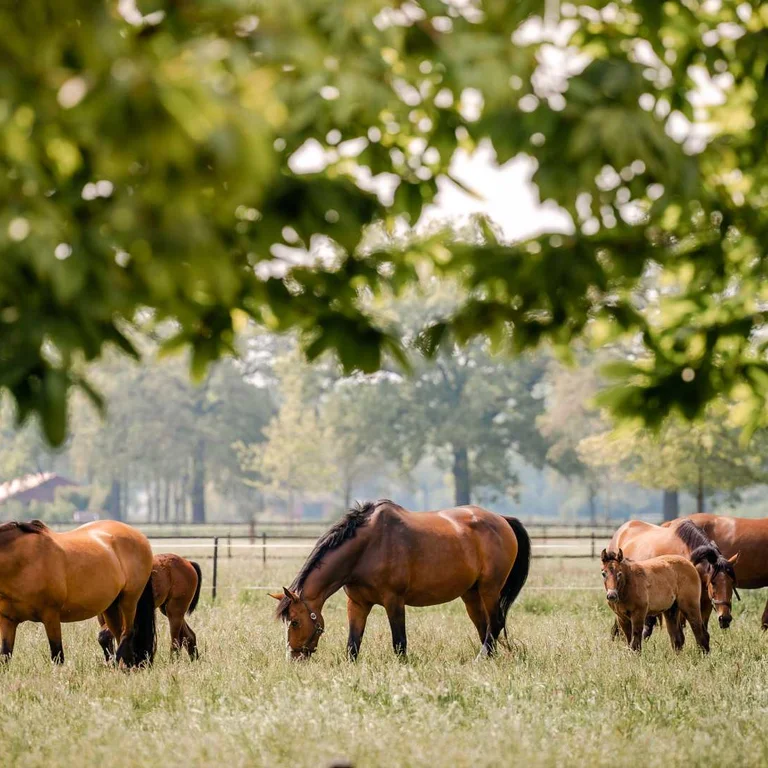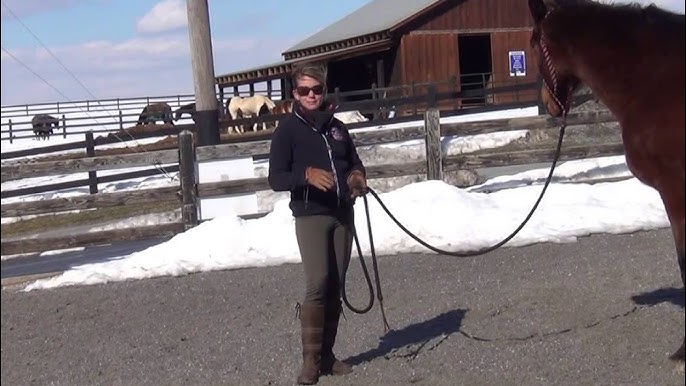Teaching Children to Read Horse Body Language

Understanding horse body language is essential for safe and effective interaction, especially for children who are learning to connect with these majestic animals. This article will guide you through teaching children how to interpret the subtle cues horses use to communicate.
Why Teach Children to Read Horse Body Language?

- Safety: Recognizing signs of discomfort or agitation helps prevent accidents.
- Empathy: Understanding horses’ feelings fosters respect and kindness.
- Confidence: Children gain confidence in handling and caring for horses.
Key Horse Body Language Signals
| Signal | Description | What It Means |
|---|---|---|
| Ears Forward | Ears pointed towards something interesting | Alert, curious, or attentive |
| Ears Back | Ears pinned flat against the head | Anger, irritation, or discomfort |
| Tail Swishing | Rapid tail movement | Annoyance or attempts to ward off flies |
| Head Position | High head indicates alertness; low head suggests relaxation | Varies based on context |
| Eye Expression | Wide eyes with visible whites indicate fear or stress | Fear or anxiety |
Teaching Strategies for Children
- Observation Games: Encourage children to watch horses quietly and note different behaviors.
- Storytelling: Use stories to personify horses and explain their feelings through body language.
- Role-Playing: Have children mimic horse postures to better understand their meanings.
- Visual Aids: Use pictures and videos showing various horse expressions.
Practical Tips for Parents and Instructors
- Always supervise children around horses.
- Start with calm, well-trained horses.
- Reinforce positive interactions with praise.
- Teach children to approach horses calmly and confidently.
Frequently Asked Questions (FAQ)
Q1: How can I tell if a horse is friendly?
A: Friendly horses often have relaxed ears, soft eyes, and a calm demeanor.
Q2: What should a child do if a horse shows signs of agitation?
A: The child should step back slowly and inform an adult immediately.
Q3: Can children learn to read horse body language quickly?
A: With consistent practice and guidance, children can become proficient over time.
Conclusion
Teaching children to read horse body language not only enhances their safety but also deepens their bond with horses. By using engaging methods and clear explanations, children can develop a lifelong appreciation and understanding of these incredible animals.
